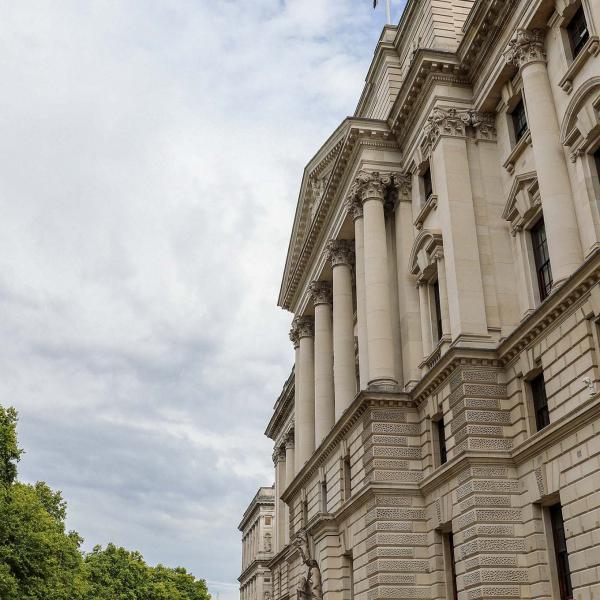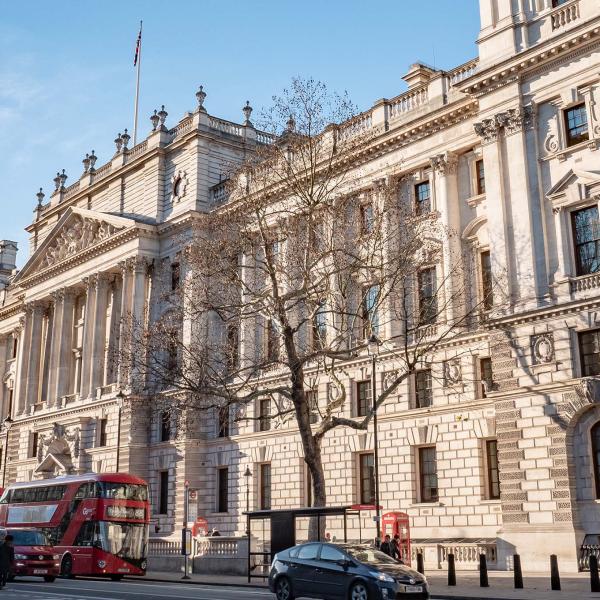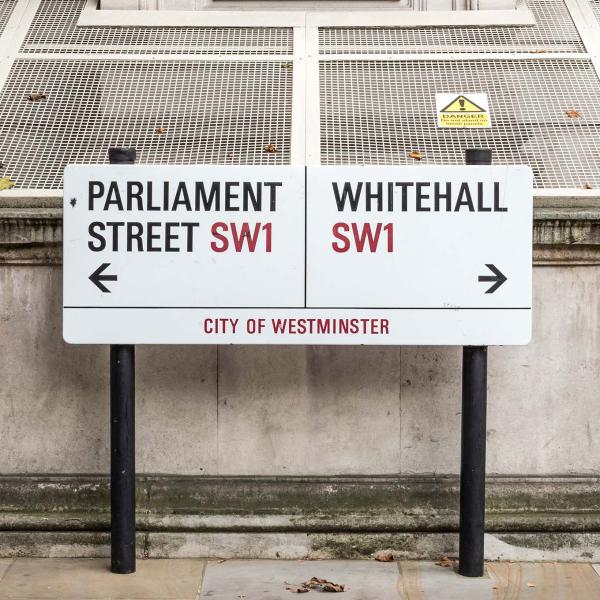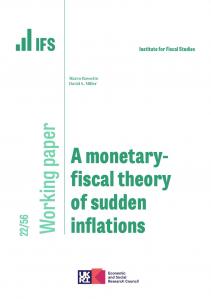<p><p><h4>Headline comparisons</h4> <p><ul><li><b>Central government current receipts</b> in September were 2.4% higher than in the same month last year. Receipts in the first six months of 2008-09 were 2.0% higher than in the same months of 2007. The 2008 Budget implied that central government current receipts for the whole of 2008-09 would be 4.9% above 2007-08 levels. <p><li><b>Central government current spending</b> in September was 5.1% higher than in the same month last year. Spending in the first six months of 2008-09 was 6.1% higher than in the same months of 2007. The 2008 Budget implied that central government current spending for the whole of 2008-09 would be 5.4% above 2007-08 levels.<p><li><b>Public sector net investment</b> in September was £2.2bn, compared to £1.5bn in the same month last year. Together, public sector net investment during the first six months of 2008-09 has been £12.1bn, which is 44.4% higher than in the same months of 2007. The Budget predicted that net investment in 2008-09 would be £33.8bn, which is 13.1% above last year's level.<p><li><b>Public sector net borrowing</b> during the first six months on 2008-09 was £37.6bn, which is 75.2% higher than the same period last year. If this trend were to continue for the second half of this financial year, and taking into account the fact that the cost of freezing nominal fuel duties and suspending stamp duty on some residential housing transactions has almost entirely not yet been felt, then Public Sector Net Borrowing for the year as a whole would be around £64bn. This is compared to the £42.5bn forecast in the March 2008 Budget. It should be remembered that the average absolute error in forecasting one year ahead has been around £15bn. So an error of this magnitude would be only slightly larger than average. </ul></p></p>









